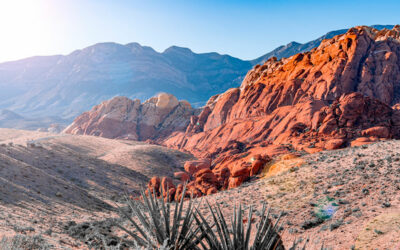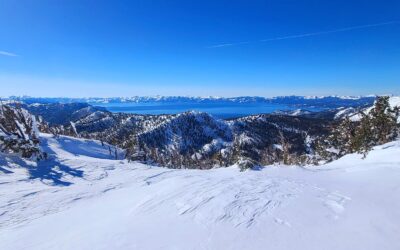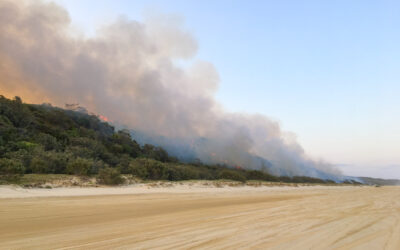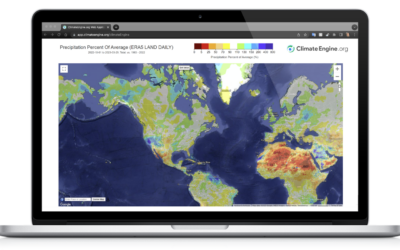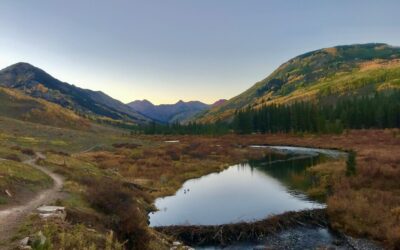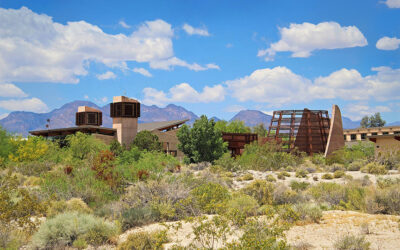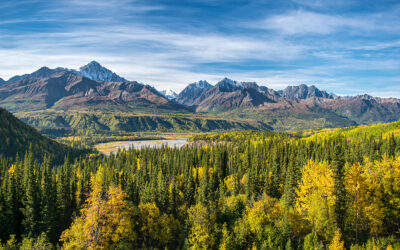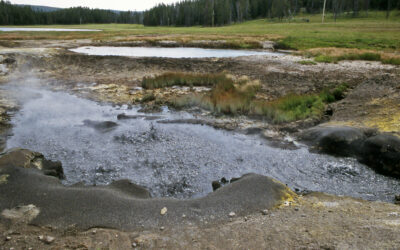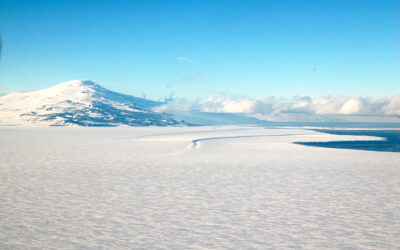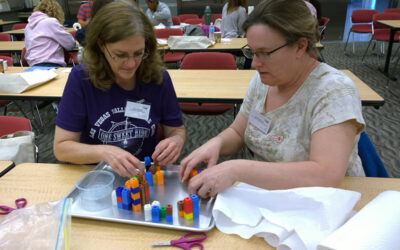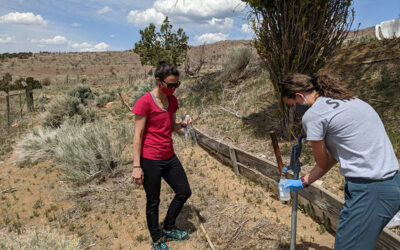News & Announcements
Working to Solve our Most Challenging Environmental Problems
DRI’s research calls on the expertise and methods of scientists from multiple scientific disciplines. More than 600 highly-skilled scientists, engineers, technicians, students, and staff work collaboratively within and across three research divisions, focused on understanding and answering critical science questions about global climate change, water quality and availability, air quality, the sustainability of desert lands, life in extreme environments, education, and more.
DRI and Save Red Rock Celebrate The Passage Of SB99 Which Funds a Statewide Cloud Seeding Initiative
The Nevada State Legislature has unanimously passed a measure aimed at funding a statewide cloud seeding project. The appropriation of $1.2M over two years will be allocated to DRI for its multi-location cloud seeding research and operations.
California Snowlines On Track To Be 1,600 Feet Higher by Century’s End
DRI contributes to research that predicts a major decline in California’s snowpack by the end of the 21st century.
Scientists Discover Fire Records Embedded Within Sand Dunes
A new study shows that sand dunes can serve as repositories of fire history and aid in expanding scientific understanding of fire regimes around the world.
DRI Aims to Increase Scientific Access to Earth Monitoring Data With Re-Launch of ClimateEngine.org
ClimateEngine.org allows researchers and natural resource managers to easily analyze and visualize complex satellite and climate data, helping users understand change
in Earth’s landscapes over time
Climate Change is Already Impacting Stream Flows Across the U.S.
DRI researchers examined more than 500 watersheds across the country and found that increased winter temperatures are driving more extreme fluctuations in streamflow.
DRI and the Springs Preserve Launch Adult Science Education Series
DRI, in partnership with the Springs Preserve, announces the launch of DRI Science at the Springs. In the series, which launches on April 20, DRI scientists and other guests address some of the world’s most urgent concerns while also telling the tale of what it means to live in Nevada on the front lines of a changing climate.
A Reconstruction of Prehistoric Temperatures for Some of the Oldest Archaeological Sites in North America
A new study offers a reconstruction of prehistoric temperatures for some of the first known North American settlements.
New Study Sheds Light on Ancient Microbial Dark Matter
DRI contributes to international team of scientists that unearths first in-depth look at Omnitrophota, one of the world’s oldest and tiniest bacteria.
Christine Albano Receives Board of Regents 2023 Rising Researcher Award
DRI scientist Christine Albano, Ph.D., is the recipient of the 2023 Rising Researcher Award from the Nevada System of Higher Education (NSHE) Board of Regents, in recognition of her outstanding early-career accomplishments and potential for advancing scientific knowledge in the field of earth and environmental sciences.
First-ever layered lake-sediment sample extracted from subglacial Antarctica
Since the discovery 50 years ago of subglacial lakes in Antarctica — some of the least accessible geological features on Earth — scientists have attempted to extract lake bed sediment to learn about the formation, movement, and past conditions of the ice sheet. Now, a team of researchers with the NSF-funded project Subglacial Antarctic Lakes Scientific Access (SALSA) has successfully done so, recovering the first layered sediments from beneath the modern Antarctic ice sheet.
DRI Announces Space Education Trainings for Nevada Teachers
DRI is pleased to announce “Space Education Educator Professional Development Training,” available for 80 educators in Las Vegas and Reno.
Arsenic Contaminates Private Drinking Water Wells Across the Western Great Basin
A new study shows more than 49,000 well users across the region may be at risk of exposure to unhealthy levels of arsenic in drinking water.
